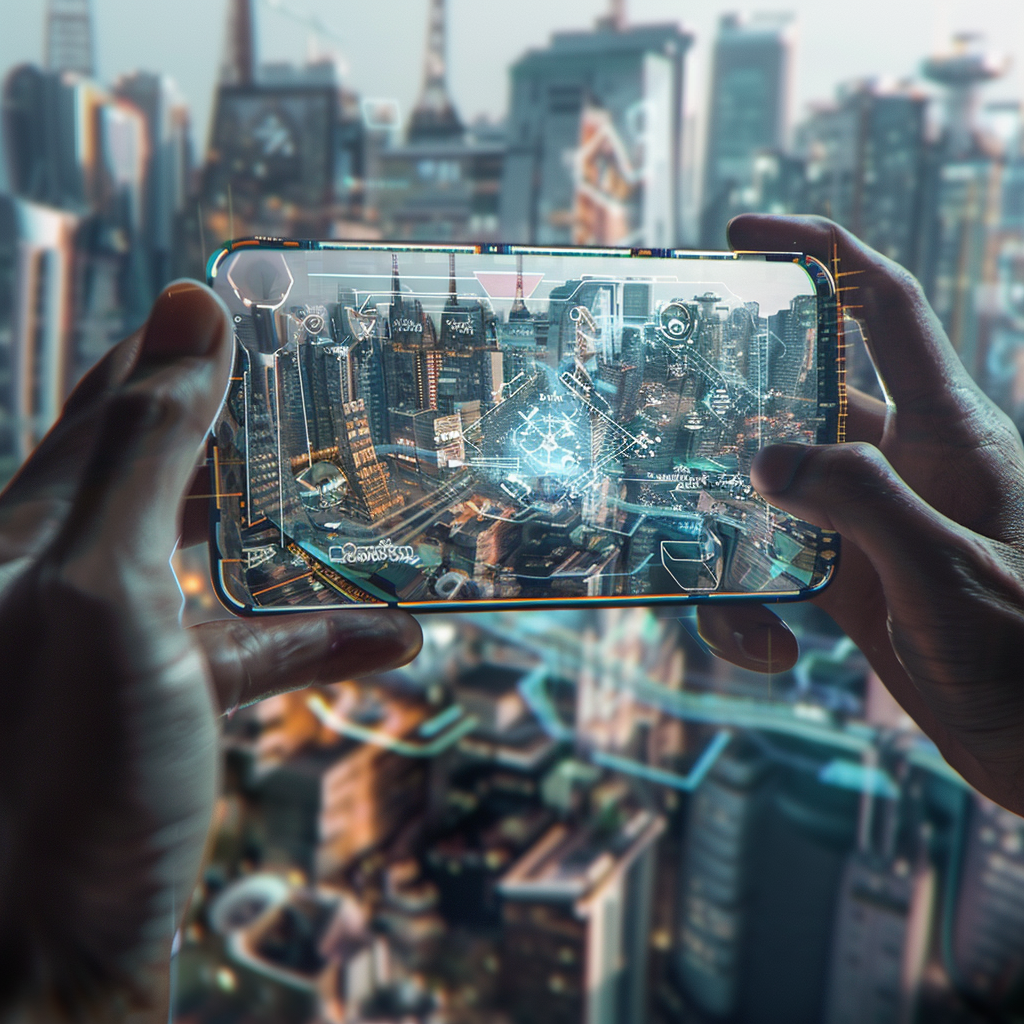
XR - AR, VR, MR and The Metaverse
A QUICK OVERVIEW
What is (XR)?
XR stands for Extended Reality, which is a term encompassing all real-and-virtual combined environments and human-machine interactions generated by computer technology. It includes Augmented Reality (AR), Virtual Reality (VR), and Mixed Reality (MR).
Augmented Reality
AR, or Augmented Reality, refers to a technology that overlays digital information, such as images, videos, or sounds, onto the real world. Unlike Virtual Reality (VR), which creates a completely virtual environment, AR enhances the existing environment with additional digital information.
A few examples of AR include:
Snapchat filters: These overlays digital images onto users' faces in real-time.
Pokémon Go: This popular game overlays digital creatures onto the real world, allowing users to "catch" them.
IKEA Place: This app allows users to visualize how furniture would look in their homes by overlaying 3D models of furniture onto the real-world environment.
Virtual Reality
VR, or Virtual Reality, is a technology that immerses the user in a completely artificial digital environment. Unlike AR, which overlays digital information on the real world, VR replaces the real world with a simulated one. It is typically experienced by wearing a VR headset, which tracks the user's head movements to provide a 3D virtual world.
A few examples of VR include:
Virtual tours: These allow users to explore places, like museums or foreign cities, from the comfort of their homes.
Training simulations: Many industries, including the military and healthcare, use VR to train personnel in a safe and controlled environment.
Video games: A number of games, like Beat Saber or Half-Life: Alyx, offer immersive VR experiences.
Mixed Reality
MR, or Mixed Reality, is a technology that merges real and virtual worlds to produce new environments and visualizations where physical and digital objects co-exist and interact in real time. It is sometimes considered a form of Augmented Reality, but it goes a step further by allowing users to interact with digital objects in the real world.
A few examples of MR include:
Microsoft HoloLens: This MR headset allows users to interact with digital content and information in the real world. It can be used for various applications, from design and architecture to healthcare and education.
Magic Leap: Magic Leap's technology offers a dynamic platform for MR experiences, enabling users to generate and interact with virtual objects in their own physical space.
Immersive education: MR can be used in education to create interactive, immersive experiences that enhance learning. For example, a student can explore the solar system by walking around their classroom and interacting with 3D models of planets.
The Metaverse
The metaverse is a collective virtual shared space, created by the convergence of virtually enhanced physical reality and physically persistent virtual reality. It is a space where users can interact with a computer-generated environment and other users. This concept is often seen in science fiction, where it is used to describe a future internet of 3D virtual worlds that are all interconnected.
A few examples of the metaverse include:
Facebook's Horizon: This is a social VR world where users can explore, play, and create with others in VR.
Fortnite: This popular online game has hosted virtual concerts and other events, evolving from a simple game to a platform for shared experiences.
Decentraland: This is a decentralized virtual reality platform powered by the Ethereum blockchain. In Decentraland, users can create, experience, and monetize content and applications.
JOIN US TO KEEP UP ON THE LATEST INFORMATION INVOLVING XR - AR, VR, MR AND THE METAVERSE
FREE TO JOIN, COSTLY TO IGNORE



